built up by layer upon layer of
craftsmanship
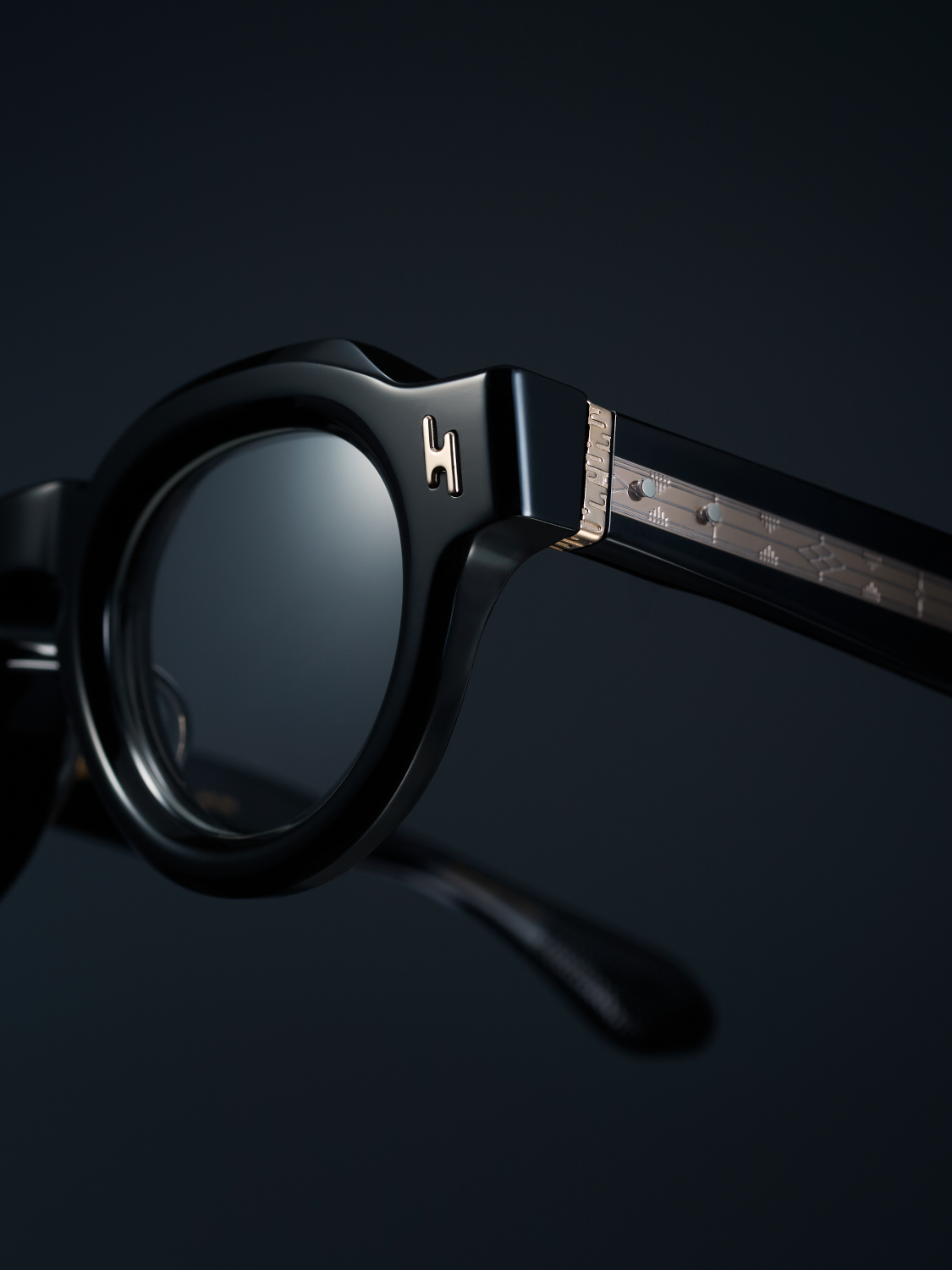
匠
匠
A distinctive feature common to all of our frames is the deeply-profiled “television cut” that imitates the cathode ray tube TVs of a bygone era.
With their recessed lenses and chiseled, shadow-casting rims, the frames accent your face and give your eyes a special magnetism. Such is their presence that they catch people’s attention at first glance.
The well-defined corners of the outer sides give the frames a tough, solid look, while the inner surfaces that touch the skin have been given a soft, rounded finish. The deft machining skills of our craftsmen give the frames an air of lightness while at the same time imparting a sense of integrity.
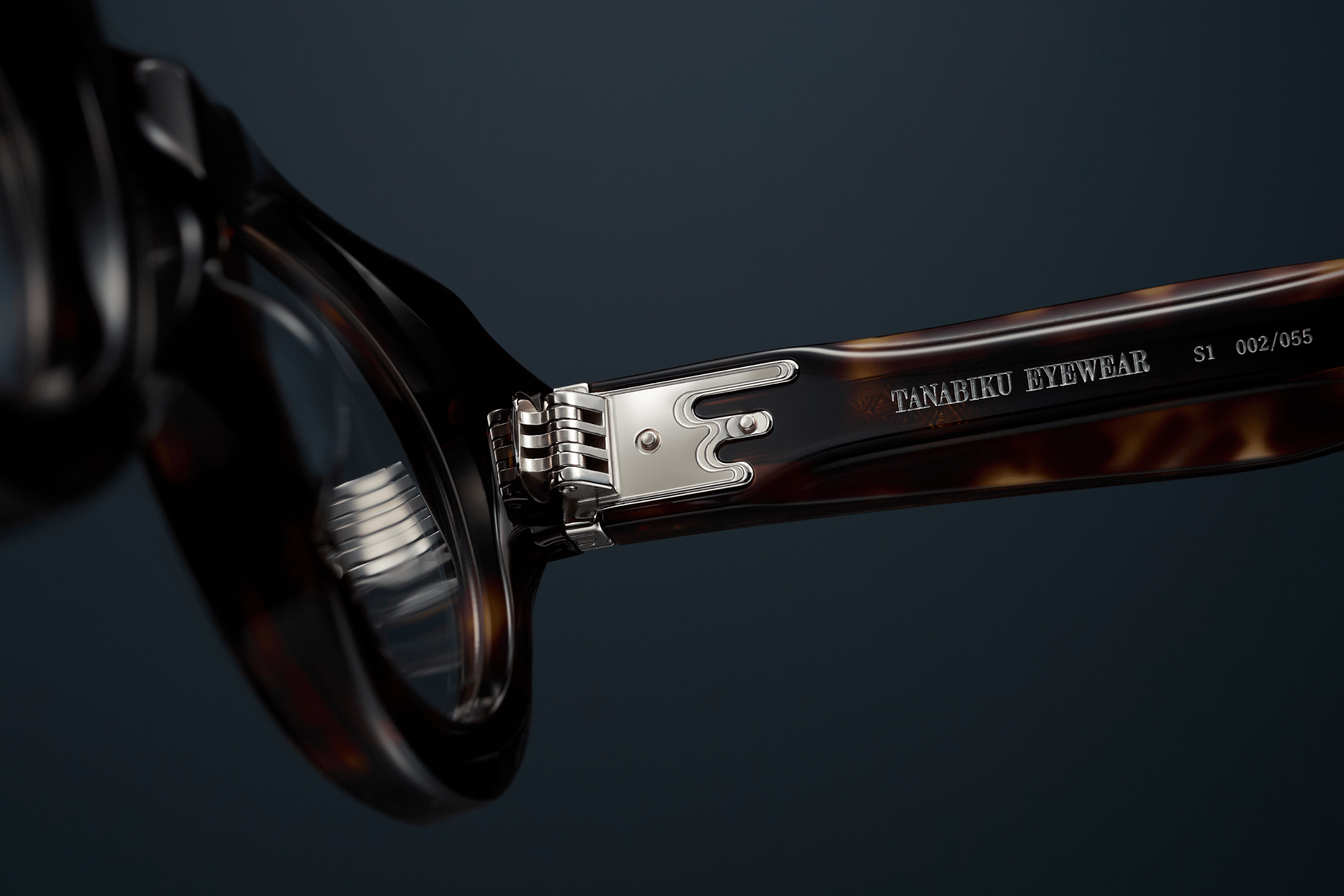
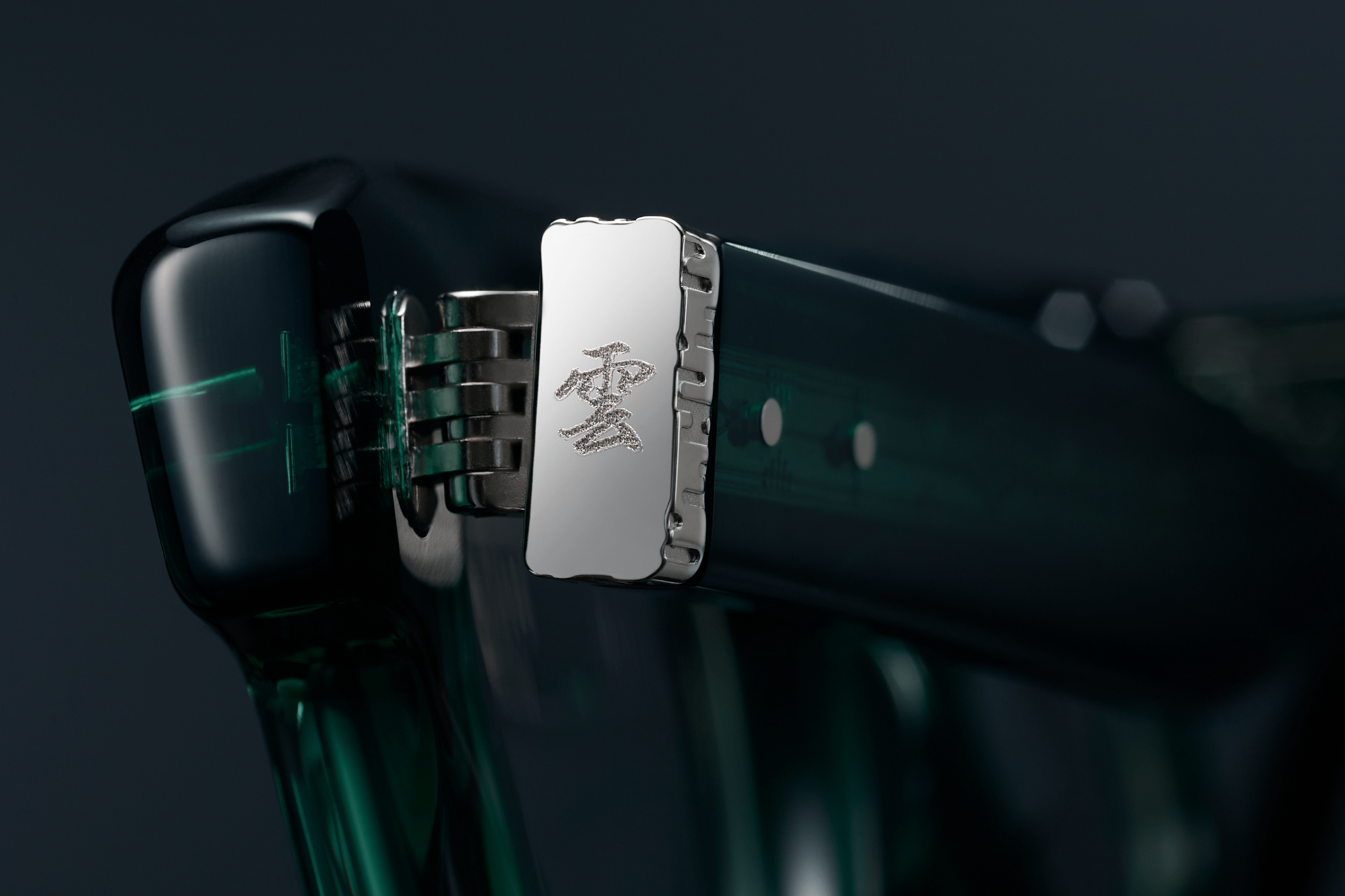
The thick frames are supported by seven-barrel hinges and rivets that firmly connect the rims to the temples.
The word tanabiku denotes the passage of trailing clouds or mist against a mountain backdrop, and the frames have been imbued throughout with the essence of tanabiku. The rivets, for examples, are embellished with traditional mist patterns that have been used since ancient times to decorate kimonos, screens, and other items, and the front ends of the temples, which become visible when the frames are folded, are inlaid respectively on left and right with the characters for “mist” and “cloud.”
Mist patterns also signify “eternity” in keeping with the way deep mist obscures what lies ahead and gives the impression of continuing without end. In other words, the mist motifs express the sentiment that TANABIKU frames are the real thing, made to last a lifetime as a faithful companion to their owners.
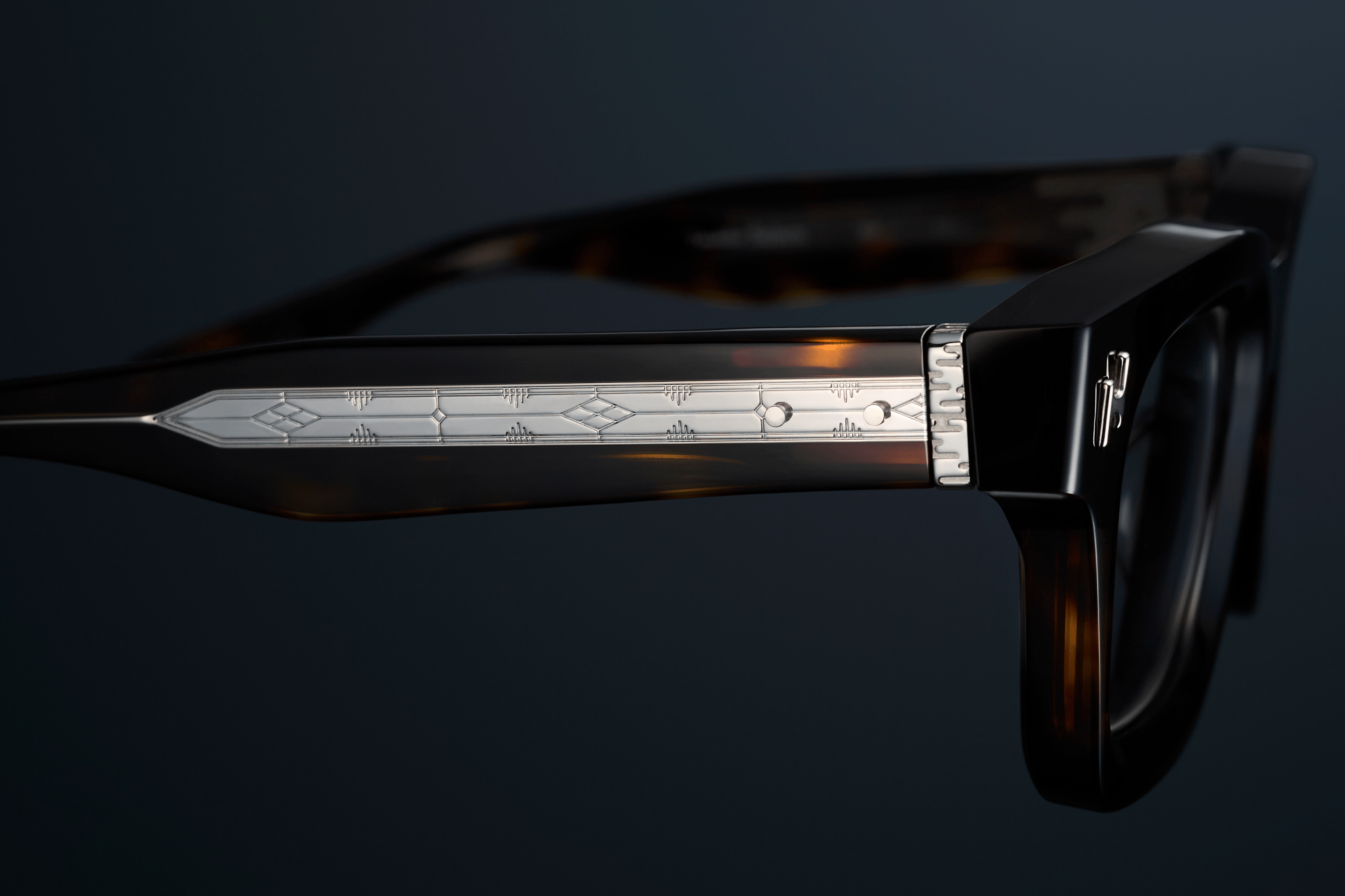
The engraving on the metal core of the temples references a ranma* pattern featured in traditional Japanese architecture. Said to have been first used to allow more light into rooms in temple architecture as far back as the Nara period, ranma combine functionality with aesthetic beauty, making them a fitting embellishment for TANABIKU glasses. * Thin wooden panels with elaborately carved openwork that are installed between the ceiling and sliding door frames for the purposes of lighting, ventilation, and decoration.
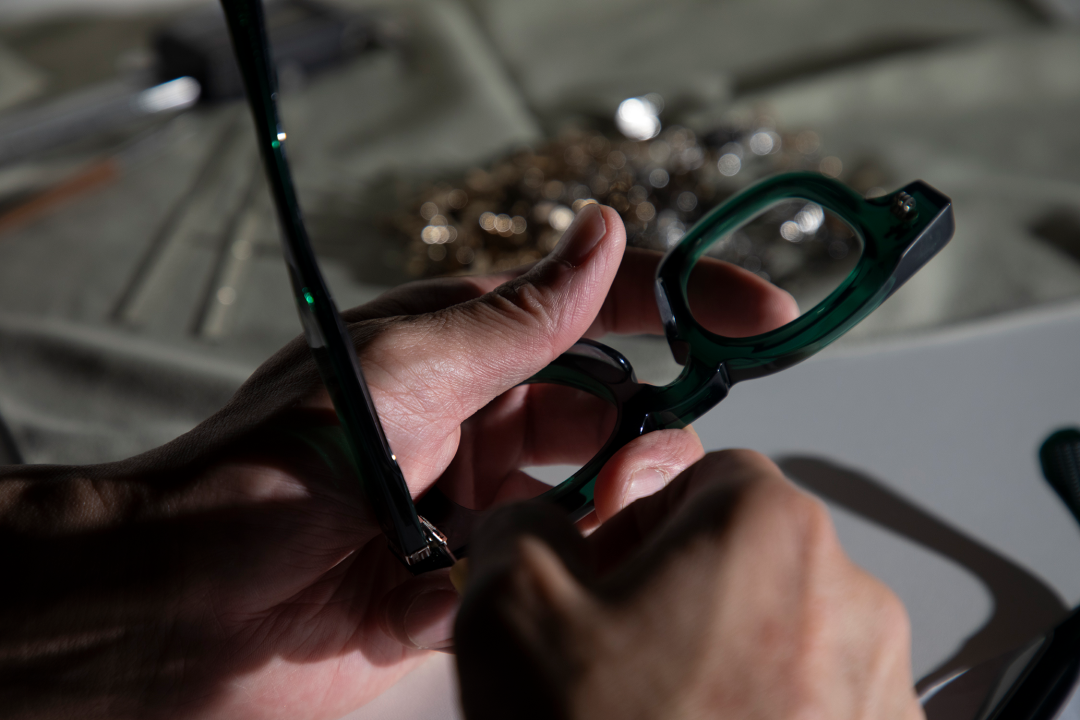
All these features are carefully incorporated into our TANABIKU glasses by superbly skilled Sabae craftsmen.
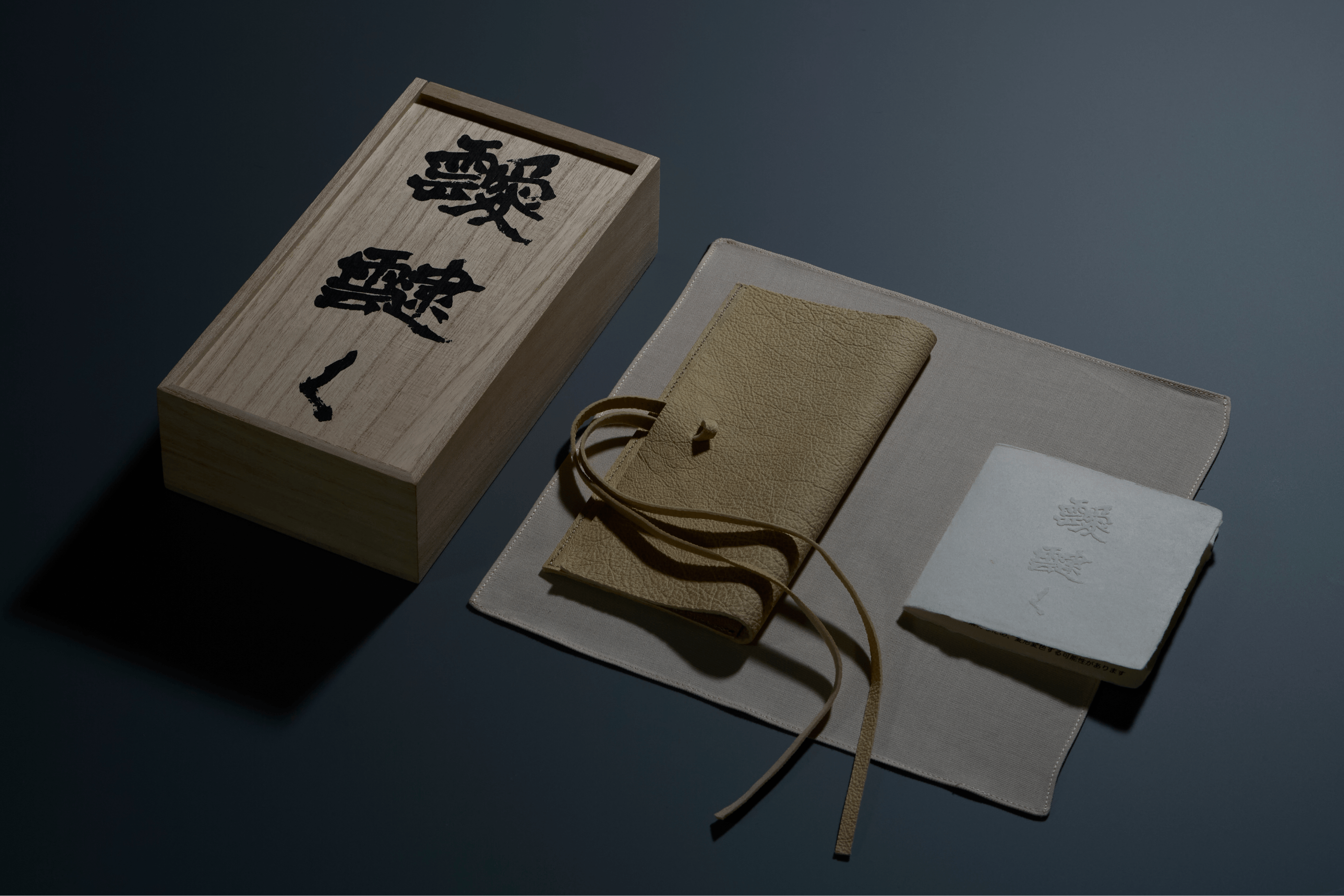
Attaining a level of quality appreciated throughout the world, TANABIKU eyeglasses are born from a synthesis of sophisticated techniques and unyielding commitment to design.
Radiating a high quality luster, TANABIKU glasses come in a supple leather case made with white leather from Himeji that is packaged in a paulownia box along with an individually numbered warranty made of Echizen washi paper.
Each product is imbued, down to the smallest details and the technologies used to produce the parts and accessories, with respect for Japanese manufacturing.
The epitome of world-renowned technologies and culture, TANABIKU frames wear the “Made in Japan” label with deserved pride.
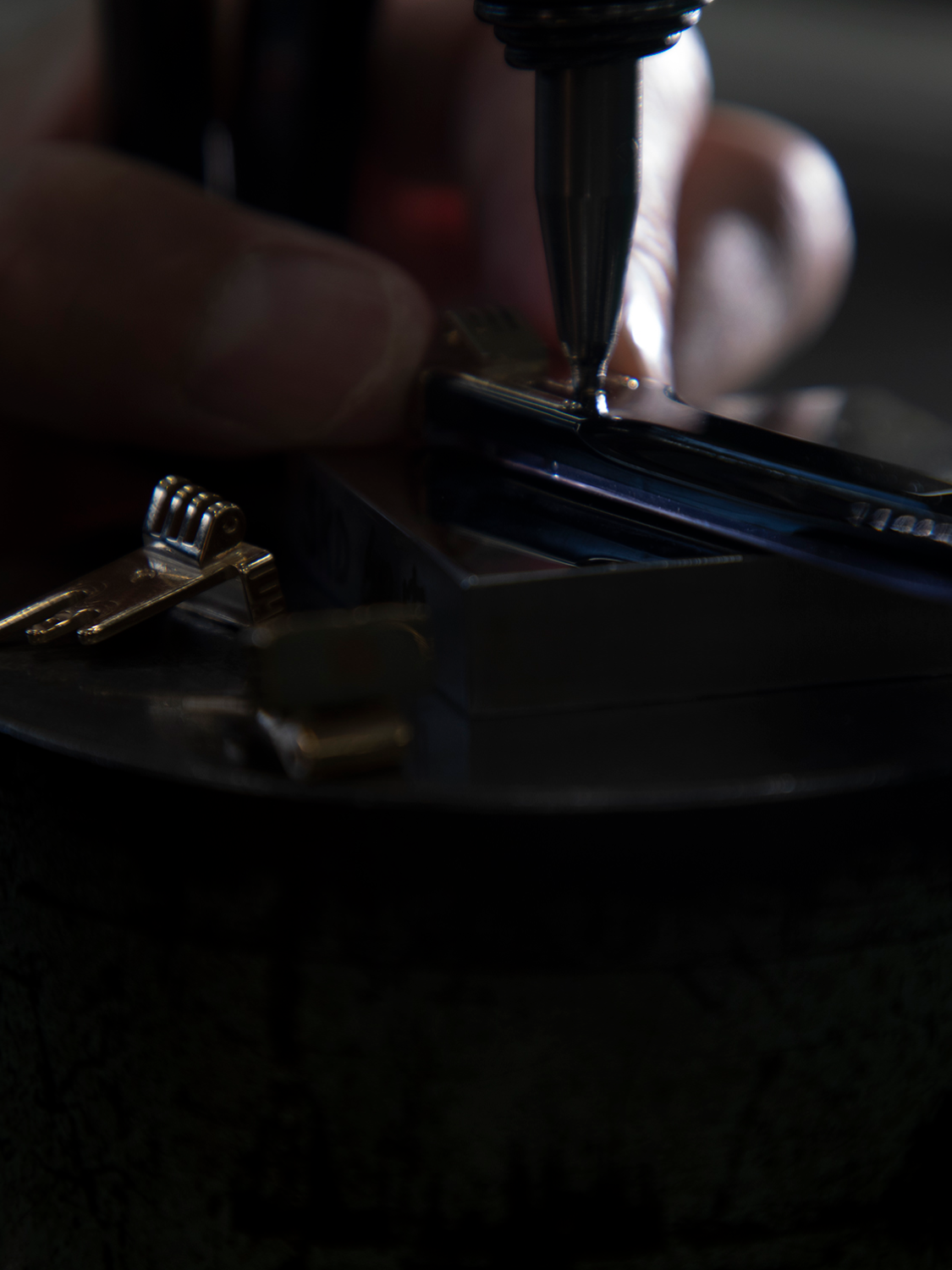
技
技
The superb skills of Sabae’s craftsmen are evident in every aspect of TANABIKU glasses.
When you hold them in your hands for the first time, you will almost certainly sense the time, effort, and dedication that the craftsmen put into making them.
Manufacturing eyewear generally requires about ten processes, including cutting, polishing, washing, assembly, and finishing, but TANABIKU glasses involve more processes and the skills of more craftsmen.
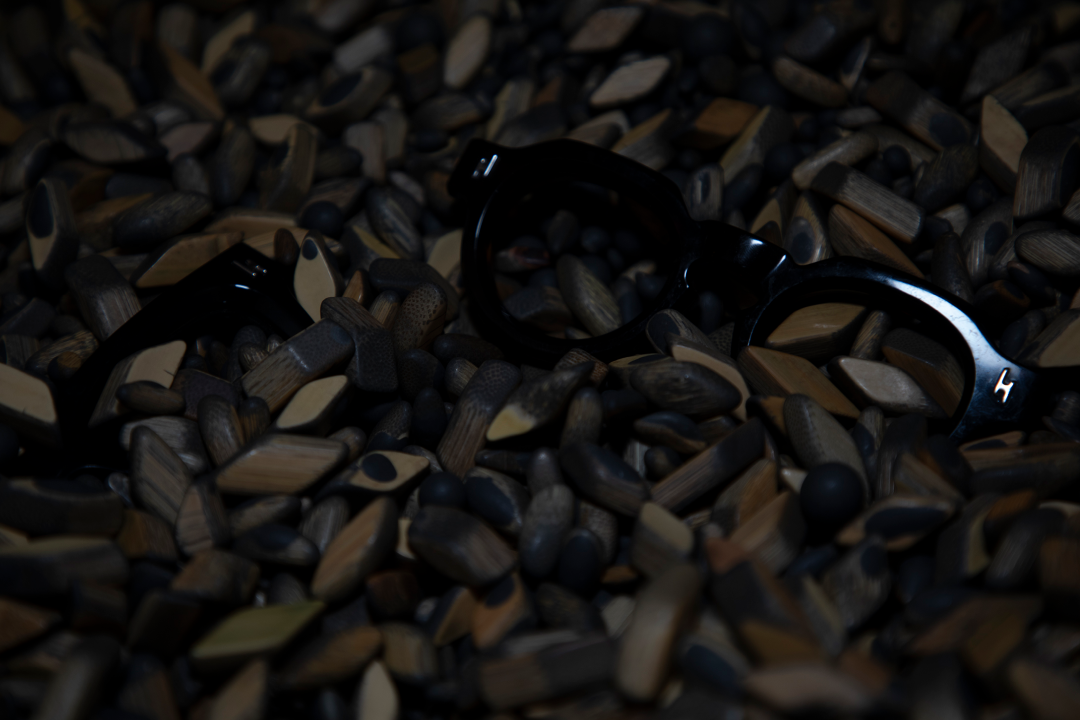
Take the barrel polishing process that follows frame cutting, for example. This process involves tumbling the frames with several types of chips made of nylon, wood, bamboo, and other materials to remove burrs and smooth out corners. TANABIKU frames, however, go through another cutting process after barrel polishing to once again create a new frontal profile.
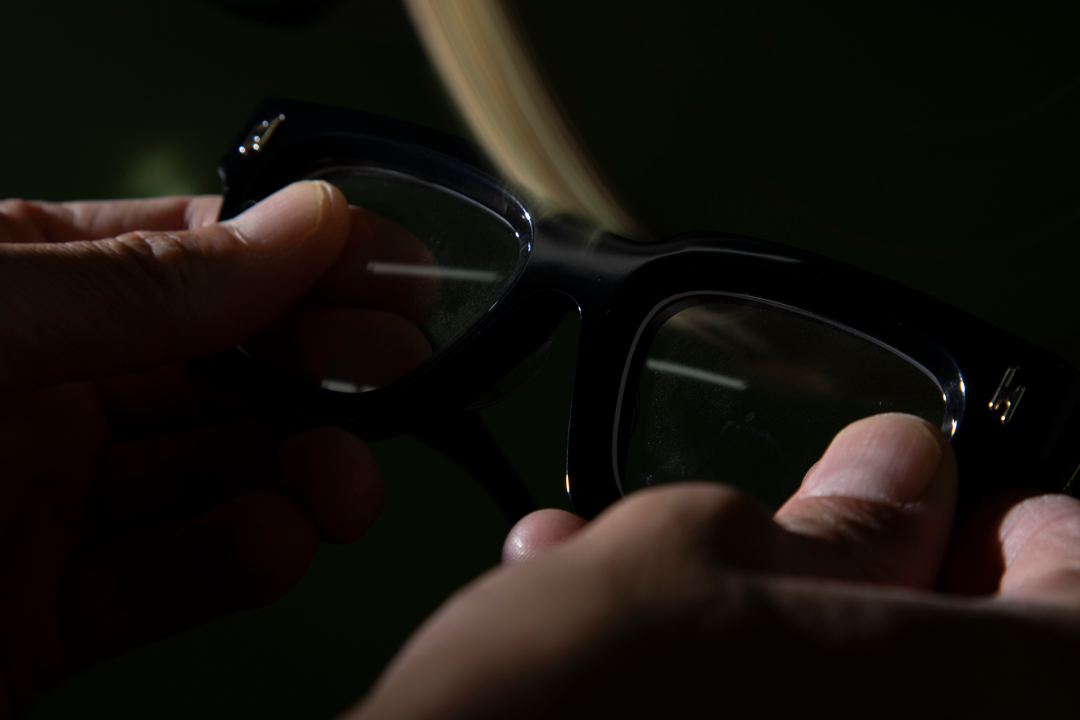
They are then once again polished, but this time by hand rather than machine to ensure that the newly fabricated corners are smoothed only to the required extent.
Having craftsmen handle this process, which requires meticulous attention to detail, enables the distinctive “television cut” to be further enhanced.
The tremendous care with which each process is carried out means that only a limited number of frames can be produced.
You can sense the same attention to detail that is characteristic of traditional Japanese culture in the accessories, too.
The case is made from Himeji white tanned leather using traditional techniques still practiced by only one craftsman in Japan, and the warranty is made of Echizen washi paper, which has a history of over 1,500 years and is made using techniques that have been adopted in the manufacture of banknotes. Each sheet is handmade using a specially made wooden mold and deckle.
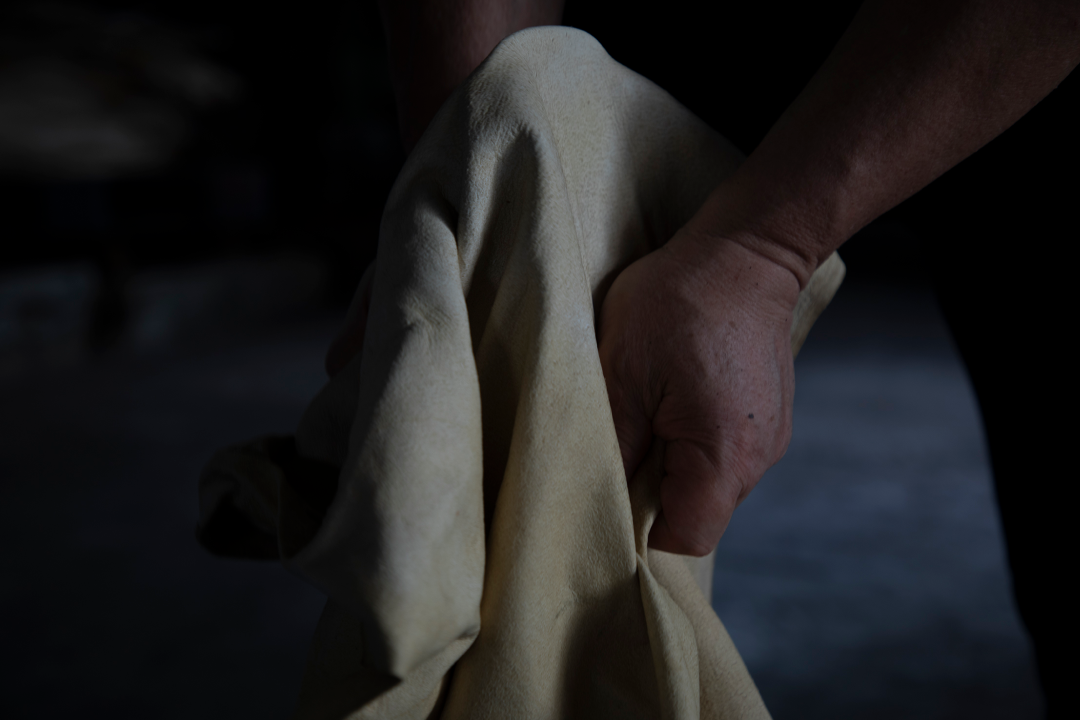
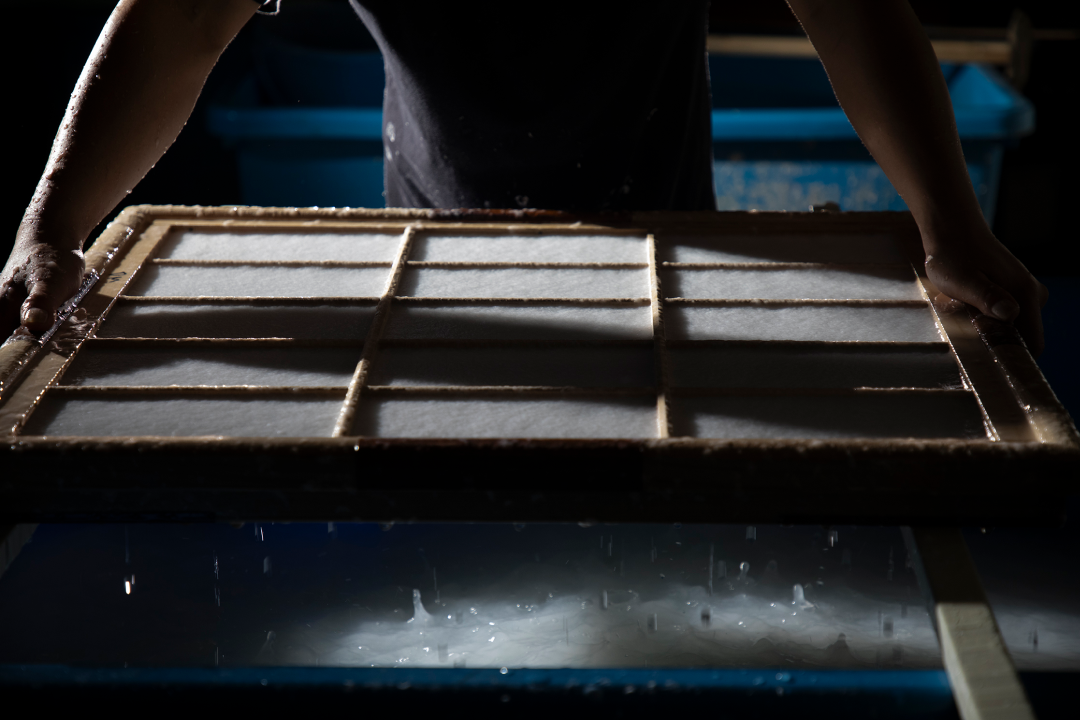
TANABIKU glasses are the embodiment of the commitment and passion of each and every craftsman involved in their manufacture.
The combined skills of Japanese artisans ensure that every TANABIKU product will serve its purpose and retain its beauty long into the future.
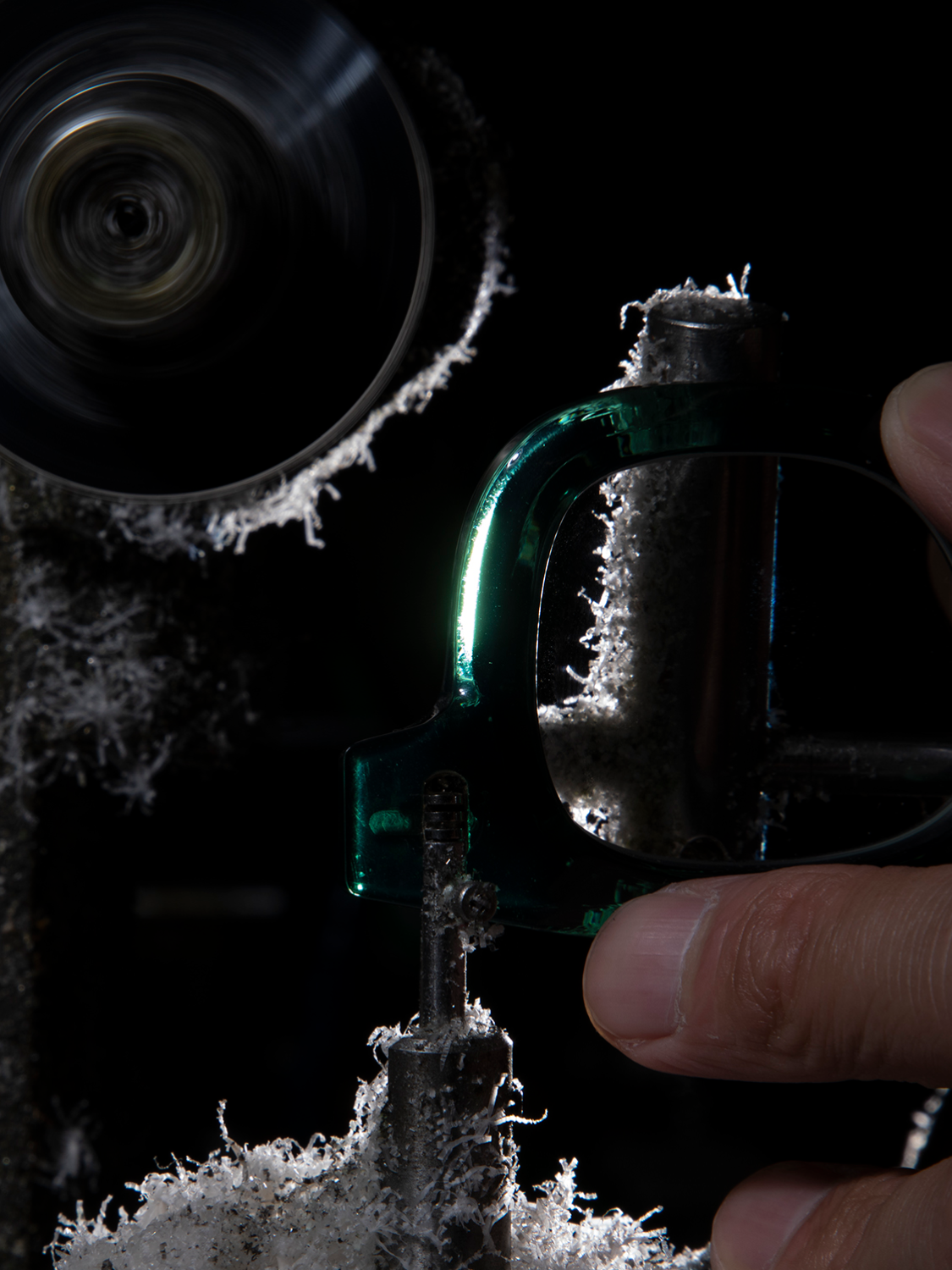
魂
魂
TANABIKU glasses were born in the city of Sabae in Fukui Prefecture. Sabae’s eyewear industry developed in response to the harsh climate, with lack of sunlight and heavy snows making agriculture over the long winter months almost impossible.
The level of its craftsmanship has won Sabae increasing global recognition, with designers from luxury fashion houses worldwide beating a path to the city in search of the highest quality frames.
TANABIKU frames are made from bio-acetate, a biodegradable plastic that breaks down in soil. Eco-friendly though it is, bio-acetate is difficult to fashion. TANABIKU glasses are fabricated from sheets of bio-acetate order-made to 10 mm thickness. It is only because our craftsmen possess the finest skills and do their utmost to meet the demands of our designers that we are able to offer glasses that match our ideal for the TANABIKU brand.
The Himeji white leather that we chose for the case has long been used to wrap and protect musical instruments, jewelry, and other valuable items, and as such, could be seen as a symbol of trust. In keeping with the TANABIKU sustainability aesthetic, it is a sustainable game leather made from deer hides that would otherwise be discarded in the production of venison, and is tanned in a chemical-free process that uses only water, salt, and rapeseed oil.
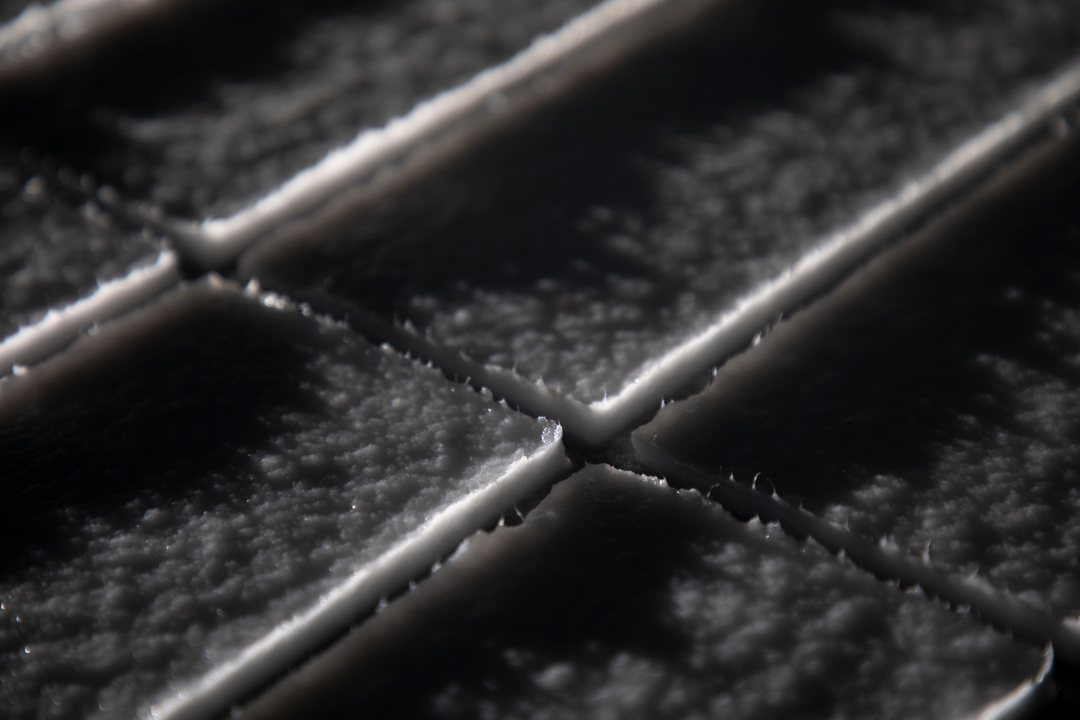
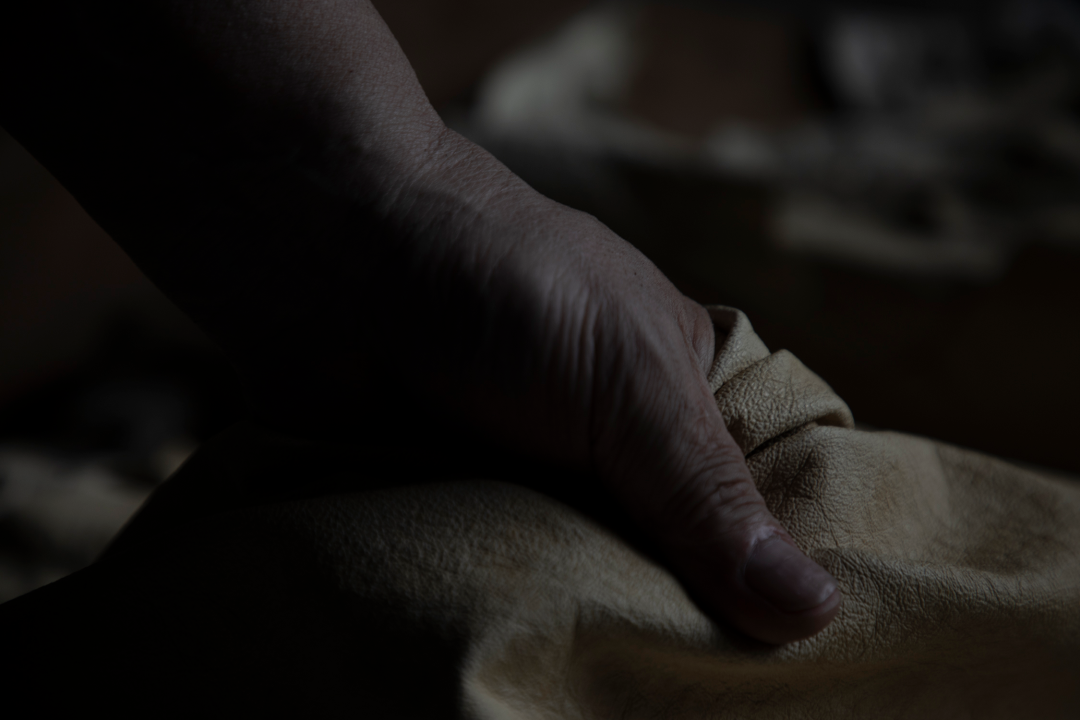
The Echizen washi used for the warranty card is a simple traditional paper made entirely from natural materials without any added color. It can be recycled, but can also be preserved as it is for up to 1,000 years.
Like the Himeji white leather, the selected type of Echizen washi is made from cotton waste that is usually discarded after the fiber is extracted. Acclaimed worldwide, Echizen cotton washi is another traditional Japanese technology worthy of vouching for the quality of TANABIKU glasses.
The lens polishing cloth is made of TENCEL, a 100 percent plant-derived fiber made from the pulp of eucalyptus trees grown in forest certified plantations. In terms of both raw material and production process, it is a low-impact textile that meets global sustainability standards.
The frames, accessories, box, and the skills of the craftsmen who create them are all essential to TANABIKU.
The traditional skills and technologies that we use to create our products are in danger of dying out owing to a shortage of craftsmen. We endeavor to keep these skills and technologies alive by leveraging them to deliver the kind of quality that enables our glasses to last for a century, and through doing so, to convey their excellence and the beauty of Japanese culture to as many people in as many countries as possible.
The proven skills and technologies of Japan testify that TANABIKU glasses crafted in Sabae are authentic—the real thing.